It’s time to cover a topic that’s super important but often overlooked—creating a family emergency plan. I know, I know, it sounds a bit daunting, but stick with me. This is all about giving you peace of mind and making sure your family is as safe and secure as possible. After all, a secure home is the cornerstone of family happiness, right?
So, let’s roll up our sleeves and get planning!
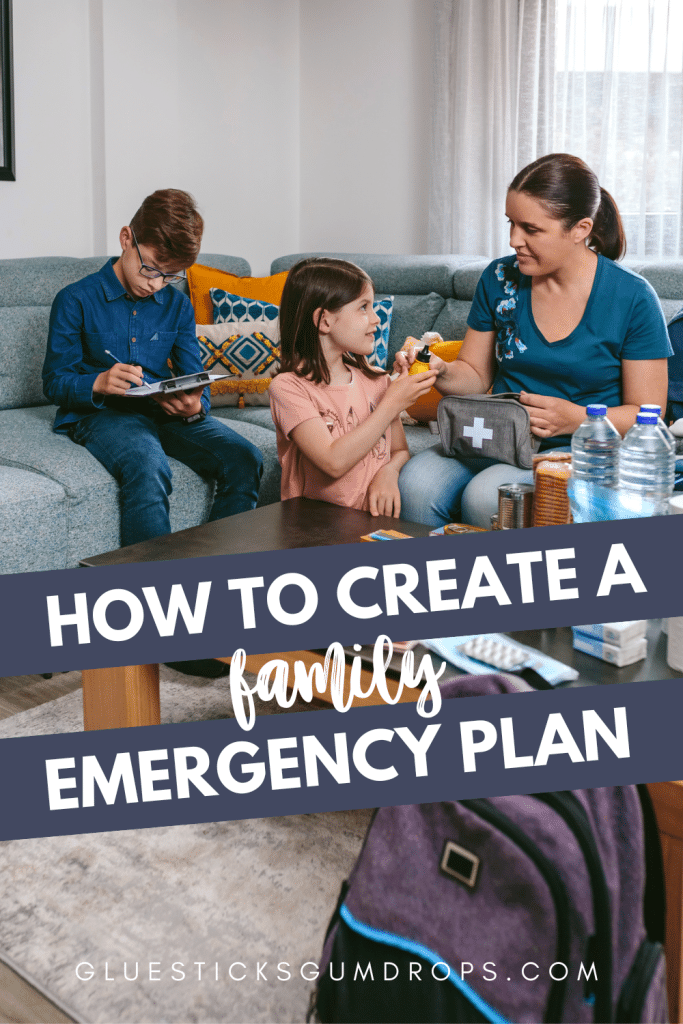
Why You Need a Family Emergency Plan
Peace of Mind
First things first, let’s talk about the big “why.” Imagine it’s the middle of the night, and you’re jolted awake by a smoke alarm. Your heart’s racing, and you’ve got mere minutes to act.
Now, imagine you already have a plan in place. Everyone knows exactly what to do and where to go. Ahhh, can you feel that? That’s the peace of mind we’re talking about here.
Having a family emergency plan means you can act swiftly and confidently when every second counts.
Quick Response Time
Okay, so we’ve all heard the saying, “Time is of the essence,” right? Well, in an emergency, this couldn’t be truer. A well-thought-out plan helps you respond quickly and effectively. No fumbling around for your phone to Google what to do during an earthquake or a power outage.
Fosters Family Unity
Last but definitely not least, creating and practicing an emergency plan is a fantastic way to bond as a family. It’s like a team-building exercise but with way higher stakes. When everyone—from your preschooler to your teenager—knows their role in keeping the family safe, it creates a sense of unity and shared responsibility.
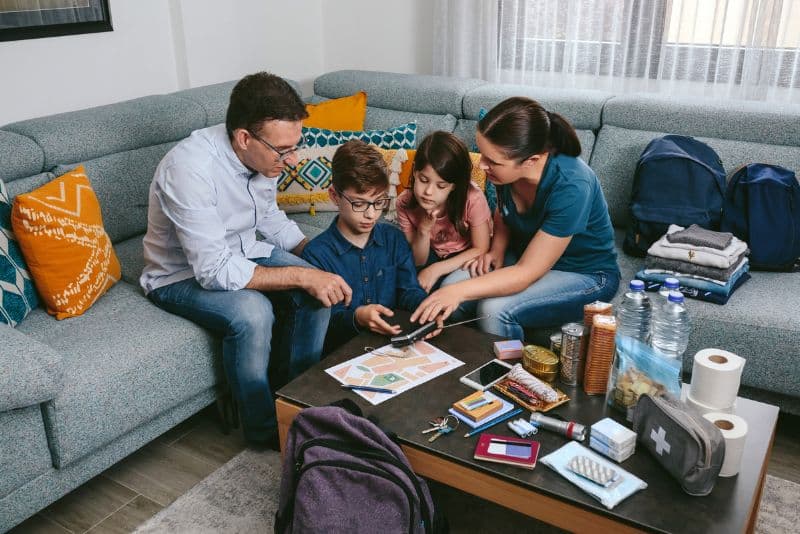
Types of Emergencies to Plan For
Alright, so we’ve talked about the “why,” but what about the “what?” What kinds of emergencies should we be planning for? Great question! Let’s break it down:
Natural Disasters
Mother Nature can be unpredictable, to say the least. Whether it’s hurricanes, earthquakes, floods, or tornadoes, it’s crucial to know what types of natural disasters are most common in your area. And even if you think, “Oh, that could never happen here,” it’s better to be safe than sorry, right?
Medical Emergencies
We’ve all had those heart-stopping moments—your toddler falls off the swing, or someone has a severe allergic reaction. Medical emergencies can happen anytime, anywhere, and it’s essential to have a plan. Know the quickest route to the nearest hospital, have a list of essential medications, and make sure someone in the family is trained in basic first aid.
Home Incidents
Ah, the place where we feel safest can sometimes throw us curveballs. I’m talking about fires, gas leaks, or even a broken pipe that floods the basement. Knowing how to turn off your utilities and having a fire safety plan can make all the difference.
Community and National Emergencies
Last but not least, let’s not forget about larger-scale emergencies like acts of terrorism or pandemics. While these are things we all hope to never experience, having a plan can help you feel more in control. Know the local emergency shelters, have a stockpile of essential supplies, and stay informed through reliable sources.
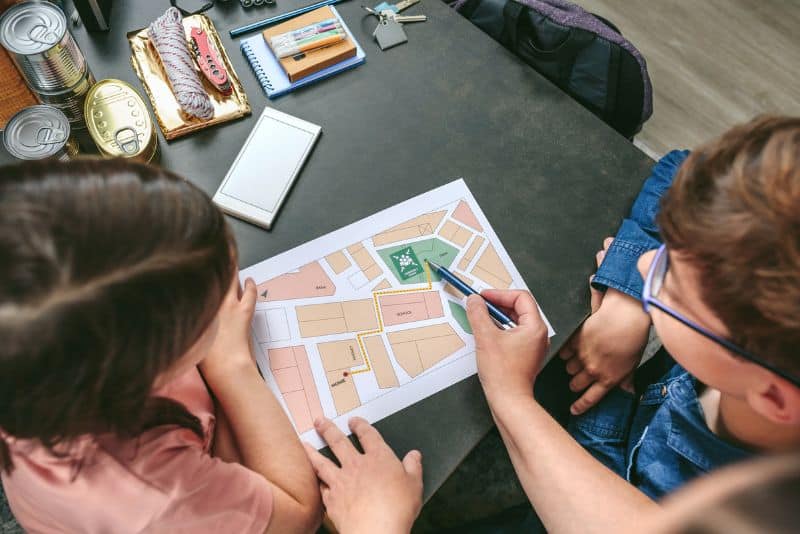
Key Components of a Family Emergency Plan
So, we’ve covered the “why” and the “what,” but what about the “how?” What exactly should your family emergency plan include to make it as effective as possible?
Contact Information
First up, let’s talk about the VIPs—Very Important Phone numbers. Make a list of emergency contacts, including family, friends, and essential services like the fire department, police department, and poison control. Keep this list in an easily accessible place and make sure everyone knows where to find it. Heck, go old school and print it out; you never know when your phone might die on you!
Meeting Points
Next, designate some rally points. These are safe locations where your family can meet up in case of an emergency. Have one inside the house (like the living room), one outside (maybe the neighbor’s front yard?), and one a bit further away in case you need to evacuate the neighborhood.
Evacuation Routes
Alright, time for some map action! Sketch out the best routes to exit your home and community. Make sure everyone knows them, and if possible, practice driving along these routes. It’s like a family road trip, but with a purpose!
Emergency Kit
Last but definitely not least, let’s talk about your emergency kit. This is your go-to box of essentials that you can grab and go. Think non-perishable food, water, first aid supplies, flashlights, and maybe even some comfort items like a stuffed animal for the kiddos.
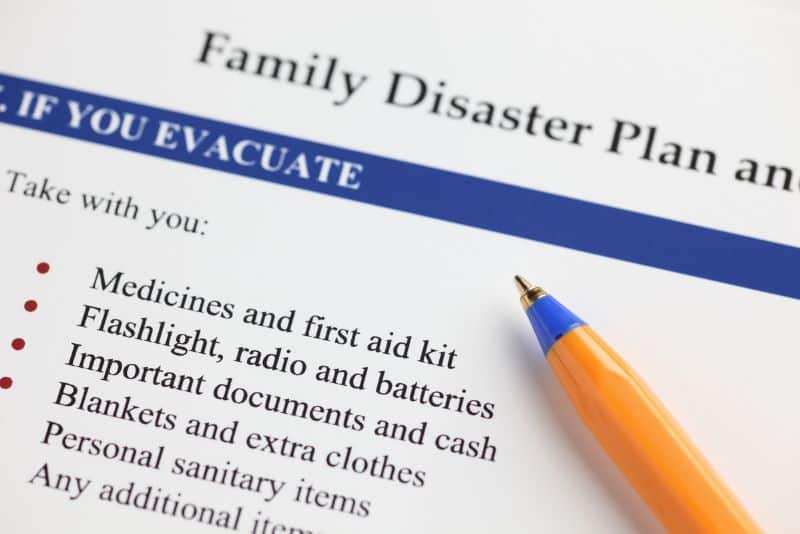
Steps to Create Your Family Emergency Plan
Alright, friends, we’ve laid the groundwork, and now it’s time to put pen to paper—or fingers to keyboard—and actually create this family emergency plan. Trust me, it’s easier than assembling that IKEA bookshelf, and way more important! 🛠️
Discuss the Plan
Gather the troops for a family meeting. Yes, even the little ones! Everyone who’s old enough to understand should be involved. Make it fun—maybe over a pizza dinner or a weekend brunch. The key is to get everyone’s input and make sure they feel included.
Write It Down
Once you’ve hashed out the details, it’s time to document everything. You can use a simple Word doc, a dedicated app, or even good ol’ pen and paper. Just make sure it’s something you can easily update and access. And please, oh please, make copies. Store one in your emergency kit, one in your car, and maybe even send one to a trusted neighbor or family friend.
Practice Makes Perfect
You’ve heard it a million times, but it’s true—practice makes perfect. Run through your plan and conduct drills for different types of emergencies. Make a game out of it for the kids, like a scavenger hunt to find the emergency kit or a race to the designated meeting point. The more you practice, the more automatic your actions will become when it really counts.
Keep It Updated
Life changes, and so should your emergency plan. Maybe you move houses, get a new pet, or welcome a new family member. Make it a habit to review your plan at least once a year or whenever there’s a significant life change. It’s like spring cleaning for your family’s safety!
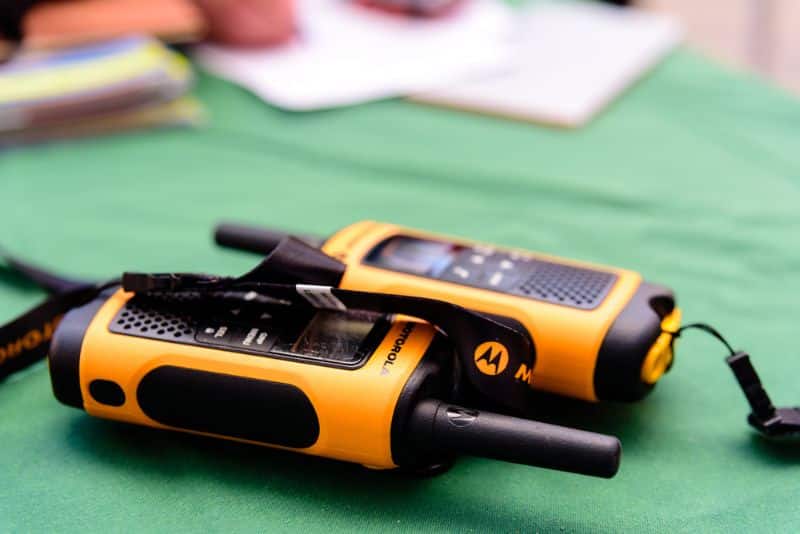
Tips for Effective Communication During Emergencies
So, you’ve got your plan in place, and everyone knows what to do. High five! 🙌 But wait, what about communication? In the heat of the moment, effective communication can be the difference between chaos and a well-executed plan. So let’s make sure we’ve got that covered too!
Walkie-Talkies: Not Just for Kids
Remember those walkie-talkies you used to play with as a kid? Well, they’re making a comeback—in your family emergency plan! These gadgets are perfect for quick and easy communication, especially if cell service is down. Just make sure to keep them charged and easily accessible. Over and out!
Emergency Apps: There’s an App for That!
You guessed it, there’s an app for emergency communication too! Apps like Life360 or the Red Cross Emergency app can help you keep tabs on your family members and provide real-time updates. Just remember, these apps rely on cell service or Wi-Fi, so they’re not foolproof.
The Buddy System: Oldie but Goodie
Ah, the buddy system. It’s not just for field trips! Pair up family members, especially younger kids with adults, to ensure everyone is accounted for. It’s an extra layer of safety and a great way to keep communication lines open.
Code Words: A Secret Language
Create a family code word or phrase for different types of emergencies. This can help you quickly communicate complex instructions. For example, “Code Red” could mean evacuate the house immediately, while “Code Green” could mean it’s safe to return. Make it fun and memorable!
This is also helpful in today’s tech landscape when people can use AI to mimic other’s voices. Having a code word can ensure that you know it’s really your family member instead of someone pulling a scam.
Visual Signals: Flags, Lights, and More
Sometimes, talking isn’t an option. In those cases, visual signals like flags or flashing lights can be incredibly useful. Decide on what different signals will mean and make sure everyone knows them.
Remember, the goal isn’t to live in fear but to live prepared. With a solid plan in place, you can face whatever life throws your way with confidence. So go ahead, schedule that family meeting, run those drills, and sleep a little easier tonight knowing you’ve got it all under control thanks to creating a family emergency plan.
Helpful Resources
Before you go, I’ve rounded up some fantastic resources to help you on your family emergency planning journey:
- FEMA’s Emergency Plan Fillable Form: A great starting point for creating your plan.
- Red Cross Emergency App: Real-time alerts and useful tips right at your fingertips.
- First Aid Training: Consider enrolling in a first aid course for the whole family. Your local Red Cross or community center often offers these.
- Emergency Kit Checklist: Don’t know what to include in your emergency kit? This checklist has you covered.
